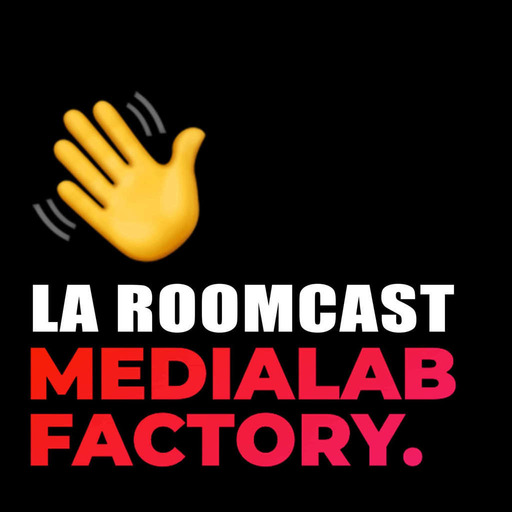Do you feel like you understand how Python works under the hood? What is syntactic sugar, and how much of it should be in Python? This week on the show, we have Brett Cannon. Brett is a Python core developer and he’s been working on a series of articles where he is unraveling the syntax of Python. His series is a fantastic resource for those wanting to learn how Python is structured and works at its core.
Brett wants to see a version of Python that can run in web browsers, so he started to breakdown Python into its syntactic elements to try to answer the question, what are core elements of Python? His detailed series takes the reader along for the ride.
Brett also works at Microsoft as the dev manager for the Python extension for VS Code. Brett is also serving his third term on the Python steering council, and we discuss recent Python enhancement proposals (PEP) that the council is considering.
Course Spotlight: Cool New Features in Python 3.9
In this course, you’ll explore some of the coolest and most useful features in the newly released Python 3.9. You’ll learn how Python 3.9 makes it easier to work with time zones, dictionaries, decorators, and several other techniques that will make your code cleaner and more efficient.
Topics:
- 00:00:00 – Introduction
- 00:01:43 – Working on the Python extension for VSCode
- 00:04:17 – Microsoft and the Python community
- 00:07:19 – How long have worked on core Python?
- 00:11:49 – Ways to contribute to core Python
- 00:14:19 – Upcoming features and PEPs
- 00:15:41 – Pattern matching PEPs
- 00:17:48 – Sponsor: Digital Ocean
- 00:18:29 – Being a member of the Python Steering Council
- 00:21:10 – Unravelling Python’s syntatic sugar series
- 00:24:39 – Magic methods, dunder methods, or special methods
- 00:27:07 – Are there ways that syntatic sugar can be overused?
- 00:33:31 – WebAssembly and Python being available in the browser
- 00:45:51 – Does Circuit Python or MicroPython show a path?
- 00:52:37 – Video Course Spotlight
- 00:53:41 – Taking Python syntax down to the implementation layer
- 01:03:21 – Taking apart Python’s syntax
- 01:16:07 – What other parts of Python syntax will you be unravelling?
- 01:24:04 – What are you excited about in the world of Python?
- 01:26:46 – What do you want to learn next?
- 01:31:24 – Thanks and goodbye
Show Links:
- snarky.ca : Brett Cannon’s Blog
- syntactic sugar series: Brett Cannon’s Blog
- desugar: Unravelling Python’s Syntactic Sugar Source Code
- Visual Studio Code
- Python in Visual Studio Code
- Python Mailing Lists
- Python Community: Mailing Lists
- PEP-0013 - Python Language Governance
- PEP 0 – Index of Python Enhancement Proposals (PEPs)
- WebAssembly (WASM)
- ast — Abstract Syntax Trees: Python Documentation
- pytest: helps you write better programs
- From Source to Code: How CPython’s Compiler Works - Brett Cannon - YouTube
- How Import Works - Brett Cannon - PyConAr 2012
- Brett Cannon: Setting Expectations for Open Source Participation - PyCascade 2018
- Python Inner Functions: What Are They Good For? - Real Python Article
- E22: Create Cross-Platform Python GUI Apps With BeeWare
- E18: Ten Years of Flask: Conversation With Creator Armin Ronacher
- E7: AsyncIO + Music, Origins of Black, and Managing Python Releases
- PyCascades 2021
- Elixir: A Dynamic, Functional Language Designed for Building Scalable and Maintainable Applications
Level up your Python skills with our expert-led courses:


 Emissions
Emissions







